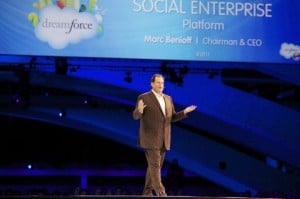Outside Eyes and Ears: Coaching Top Performers

Lance Armstrong had a coach; actually, two coaches (Johan Bruyneel and Chris Carmichael). So does Rafael Nadal (his uncle Toni). So do the world’s top opera singers. Tony La Russa’s masterful coaching of the St. Louis Cardinals was a critical factor in this year’s World Series. Coaching can also benefit a top performing surgeon, according to a fascinating article by Atul Gawande in last month’s New Yorker magazine.
But how about mid-career, top performing marketers? Can they benefit from coaching, from an outside set of eyes and ears? I think the answer is clearly yes.
Great marketing requires great implementation of the basics – positioning, understanding the customer, engagement. As we advance in our careers and we get engaged in projects, sometimes we forget or don’t pay enough attention to these fundamentals. The effectiveness of a marketing campaign can also be determined by the most minute of details: details that we may be too close to see. A coach’s perspective, encouragement and discipline can help even the best marketer improve their performance by tweaking the details and covering all the fundamentals.
I have a coach. He’s not a marketing coach, but a business coach. I find talking to him once a week tremendously helpful. He provides me with that outside observer’s perspective. He reminds me to focus on particular details and to prepare thoroughly for a meeting, making sure I understand my objectives going in and thinking about the perspectives of other players. He sends me inspirational materials, including the above mentioned New Yorker magazine article. Without his coaching, I’m sure that I wouldn’t continue to grow as much as I have or enjoy my work as much as I do.
What about you? Could you use a coach? Where could you benefit the most from an outside set of eyes and ears, as well as the encouragement and discipline of a coach?





